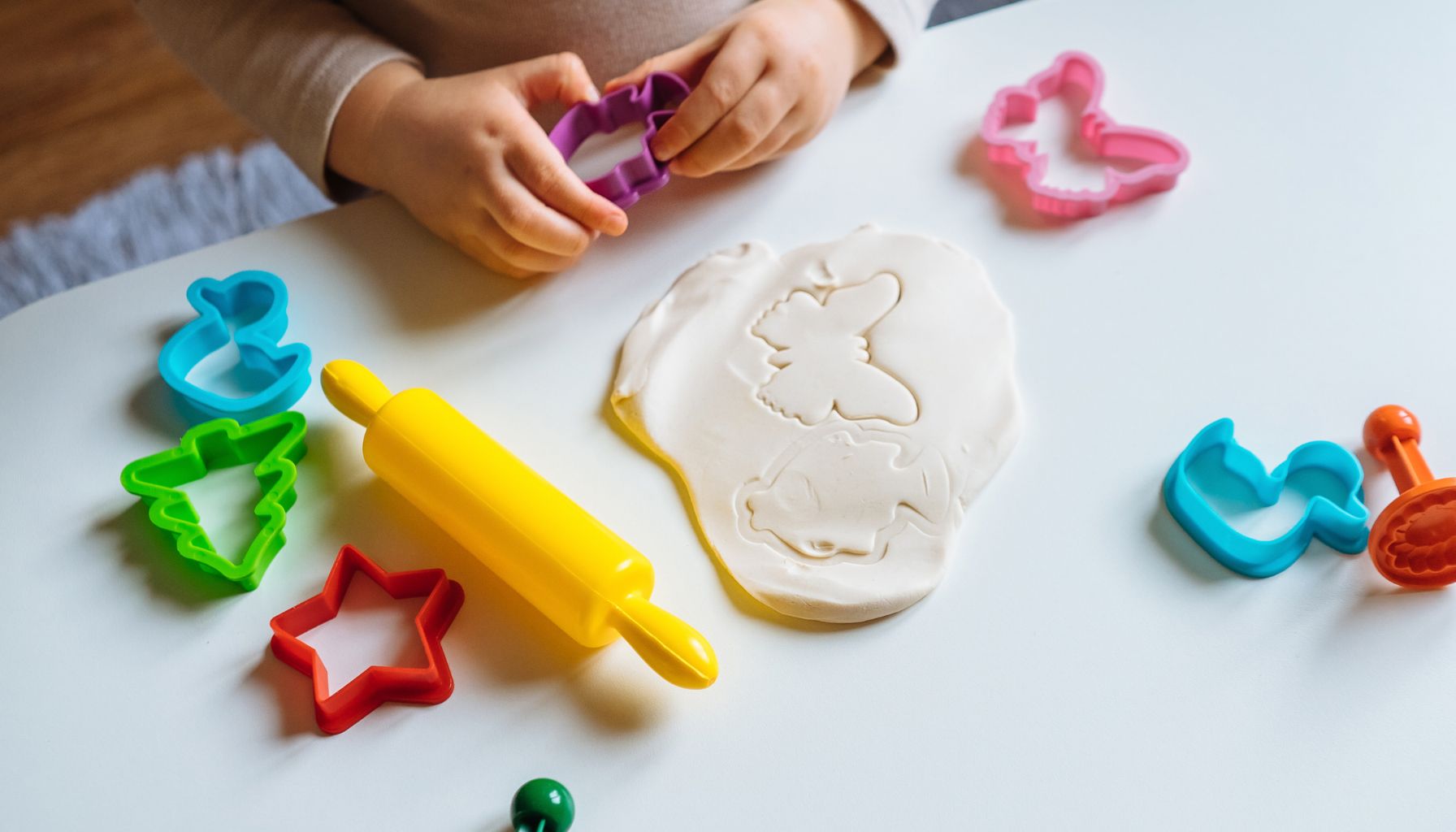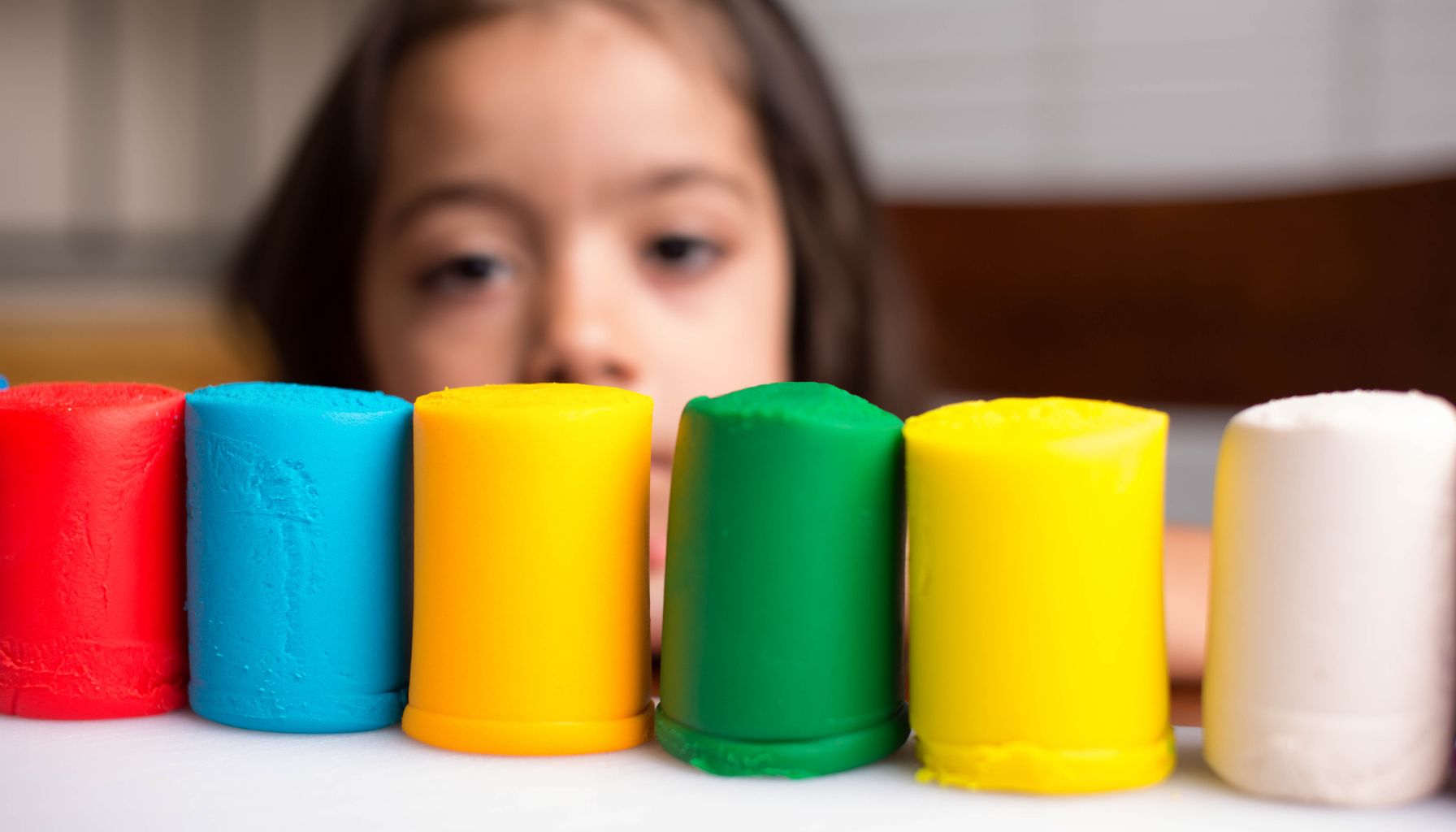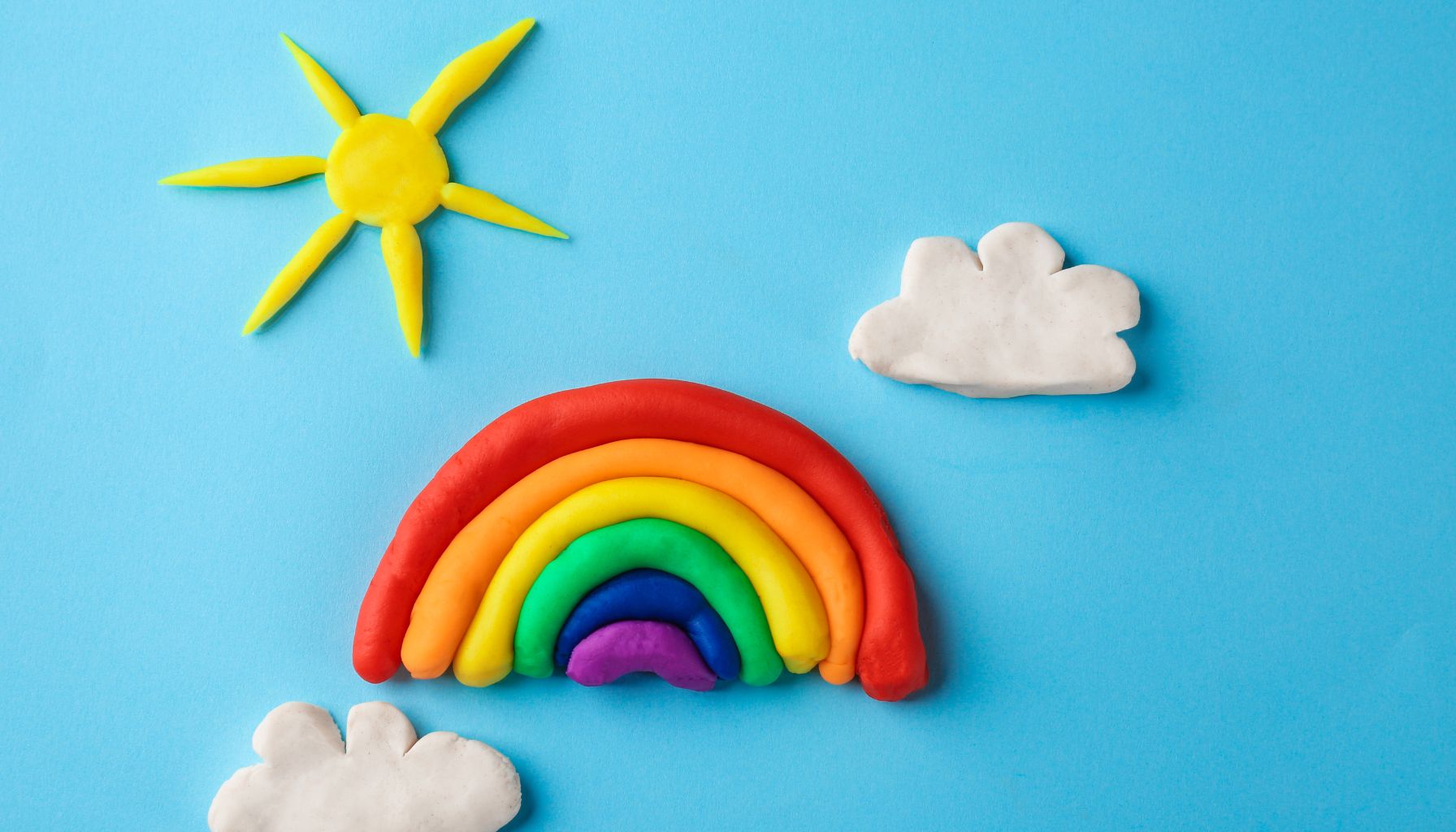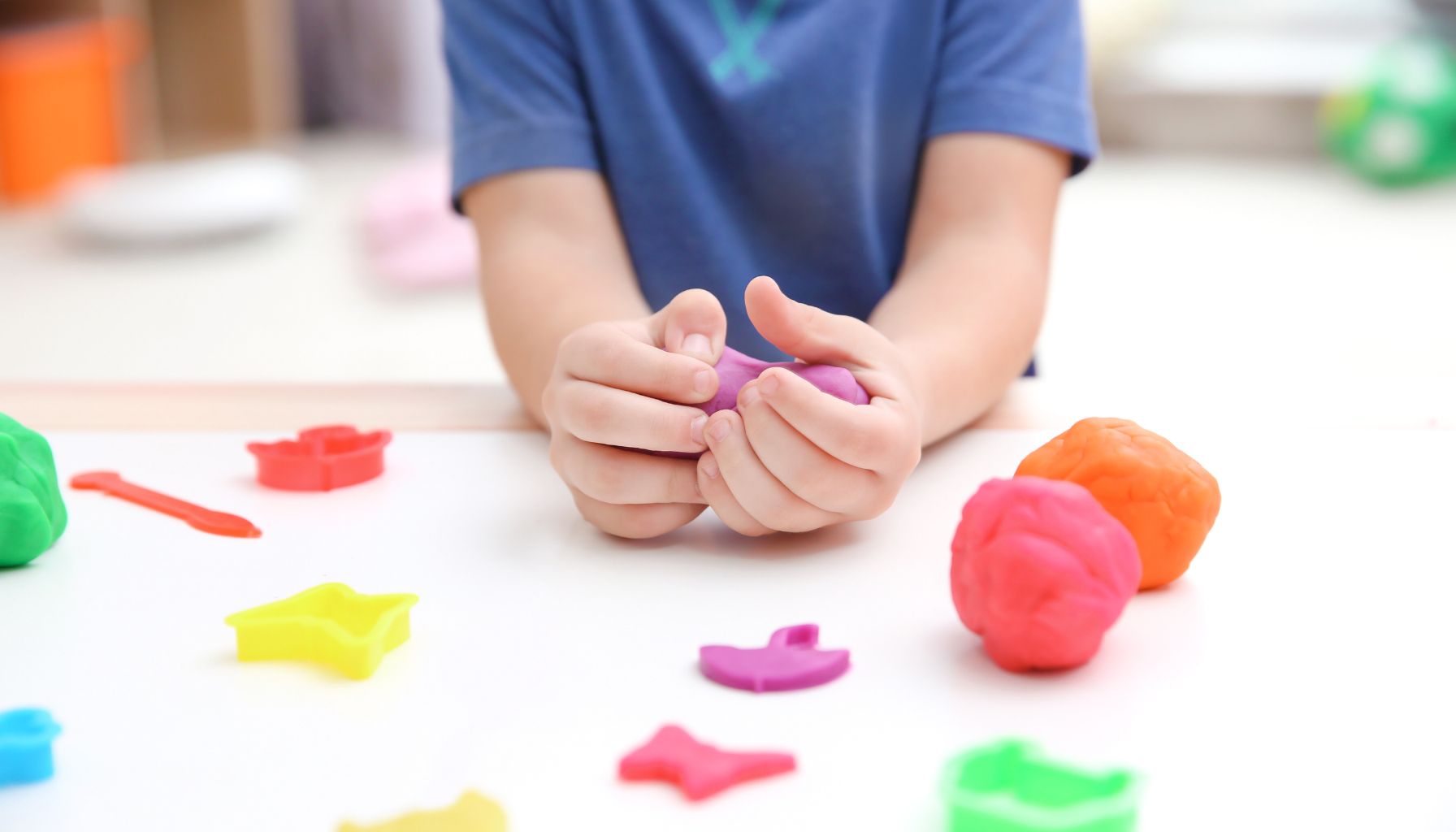Integrating play, such as playdough into the learning process is a powerful method that not only makes education a fun experience for children, but also deepens their comprehension of complex ideas. Playdough is a versatile tool that seamlessly combines play and education. By incorporating math into hands-on playdough activities, children can grasp complex mathematical concepts in a more concrete and engaging way. At Gold Star Education in Jakarta, we pride ourselves on being at the forefront of educational techniques. We understand the importance of keeping young learners engaged, and here’s how playdough can be part of their educational journey.
1. Playdough for Counting
Counting is a fundamental skill in early math education. Playdough has the ability to turn this simple arithmetic function into a fun and engaging activity.
Here’s how it works: Children can have fun molding into various shapes and sizes while simultaneously practicing their counting skills. By encouraging children to create sets of playdough balls in specific numbers, they can learn valuable lessons about grouping and sets. This activity has the potential to be expanded and customized to suit their learning needs.
Educational Benefits: This hands-on experience enhances children’s counting abilities by providing real items for them to count, rather than relying on abstract numbers on a paper. Rolling and manipulating the playdough can greatly improve fine motor skills, an essential aspect of development for young learners.
2. Analyzing and Grasping Sizes

Playdough is a fantastic resource for teaching children about measurement and comparing different sizes.
Here’s how it works: Equip children with rolling pins and playdough cutters to shape and measure their creations. They can use rulers to measure the length and width of playdough shapes or even compare which shapes are bigger or smaller.
Educational Benefits: Using playdough as a teaching tool allows children to explore and understand the concepts of length, width, and height through interactive and engaging activities. It also promotes understanding of big and small, which are fundamental mathematical concepts.
3. Crafting Patterns with Playdough

Patterns are everywhere in mathematics, and playdough can be a valuable tool for children to develop their pattern recognition and creation abilities, which are crucial for early mathematical development.
Here’s how it works:
Inspire children to experiment with various colors of the dough and guide them to create basic patterns, like using red and blue to create a pattern or using between big and small shapes while creating a pattern too. Encourage them to push their boundaries and create complex designs as they gain confidence.
Benefits: This activity is designed to help children develop their ability to recognize and predict sequences, which can enhance their logical thinking and problem-solving skills. It also improves their capacity to follow instructions and reproduce patterns, equipping them for more intricate math tasks.
Read also: All About Me: Creative Activities to Help Kids Express Themselves
Gold Star Education: Fostering a Creative Approach to Learning
At Gold Star Education, we understand the importance of developing an engaging and enjoyable learning experience. Furthermore, we recognize the significance of offering academic support to every student, ensuring they reach their full potential in school.
We are committed to offering focused academic support to students who encounter difficulties in their schoolwork. We are dedicated to helping these students in conquering their academic challenges through tailored tutoring sessions. Our skilled educators use a range of techniques and resources to enhance the learning experience, such as incorporating playdough into math lessons. This creative approach aims to make learning more interactive and enjoyable for students.
Our objective is to guarantee that every student not only excels in their academics but also develops a strong sense of confidence in their ability to learn and tackle challenges. We aim to establish a nurturing learning atmosphere that fosters a sense of worth and inspiration among students.
By: Felicia G







0 responses on "Math Meets Modelling: Counting, Measuring, and Patterns with Playdough"